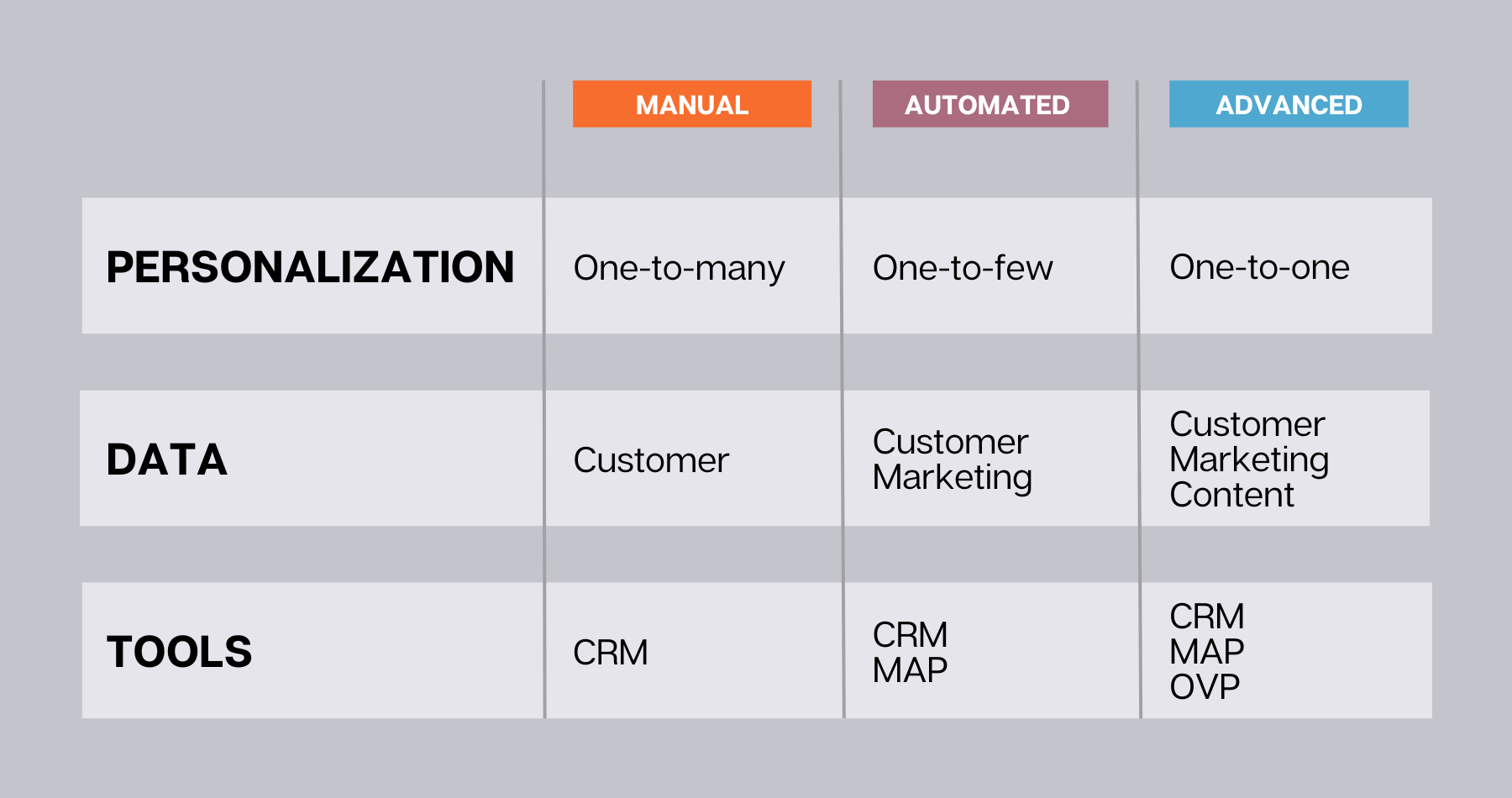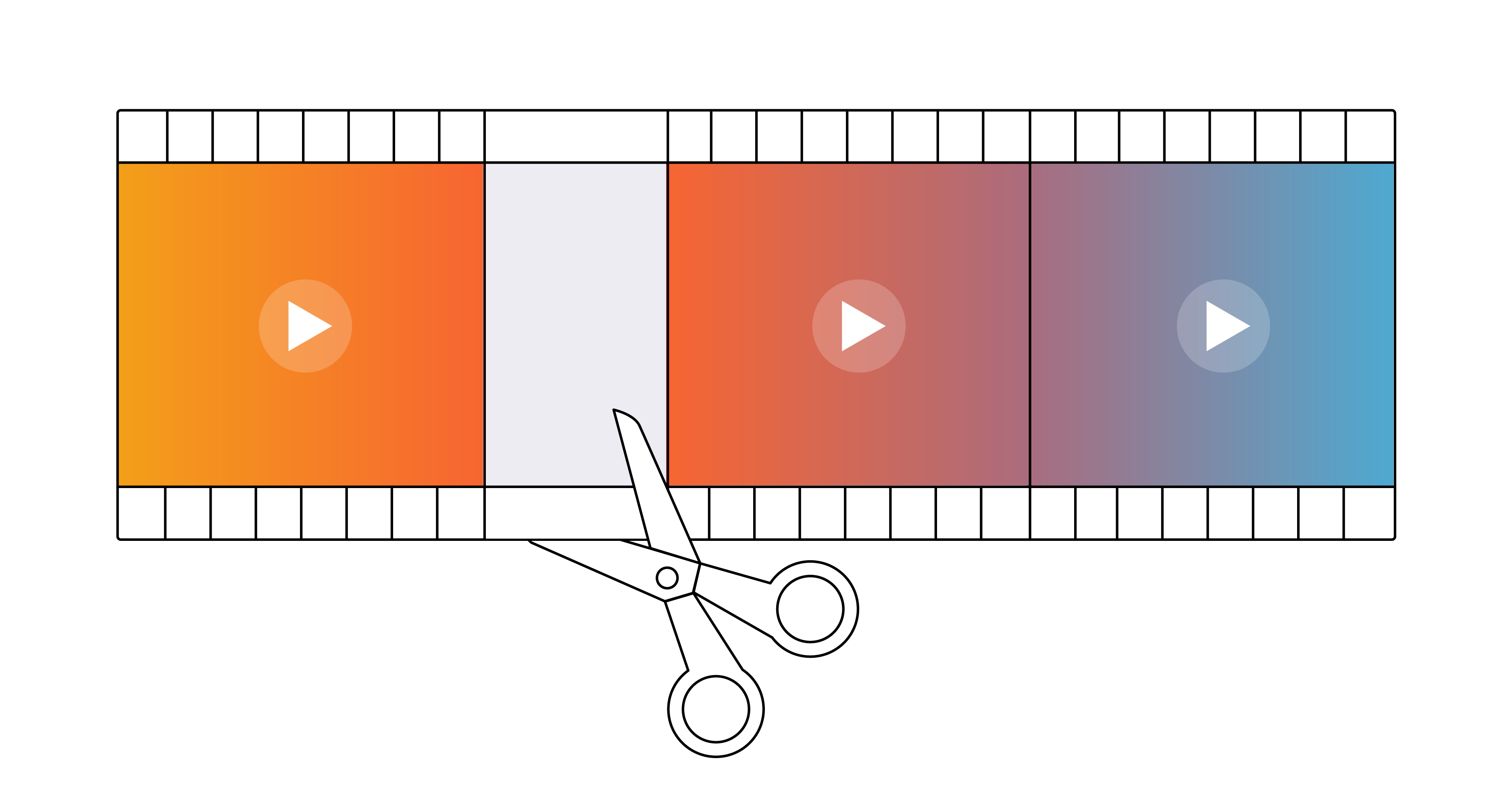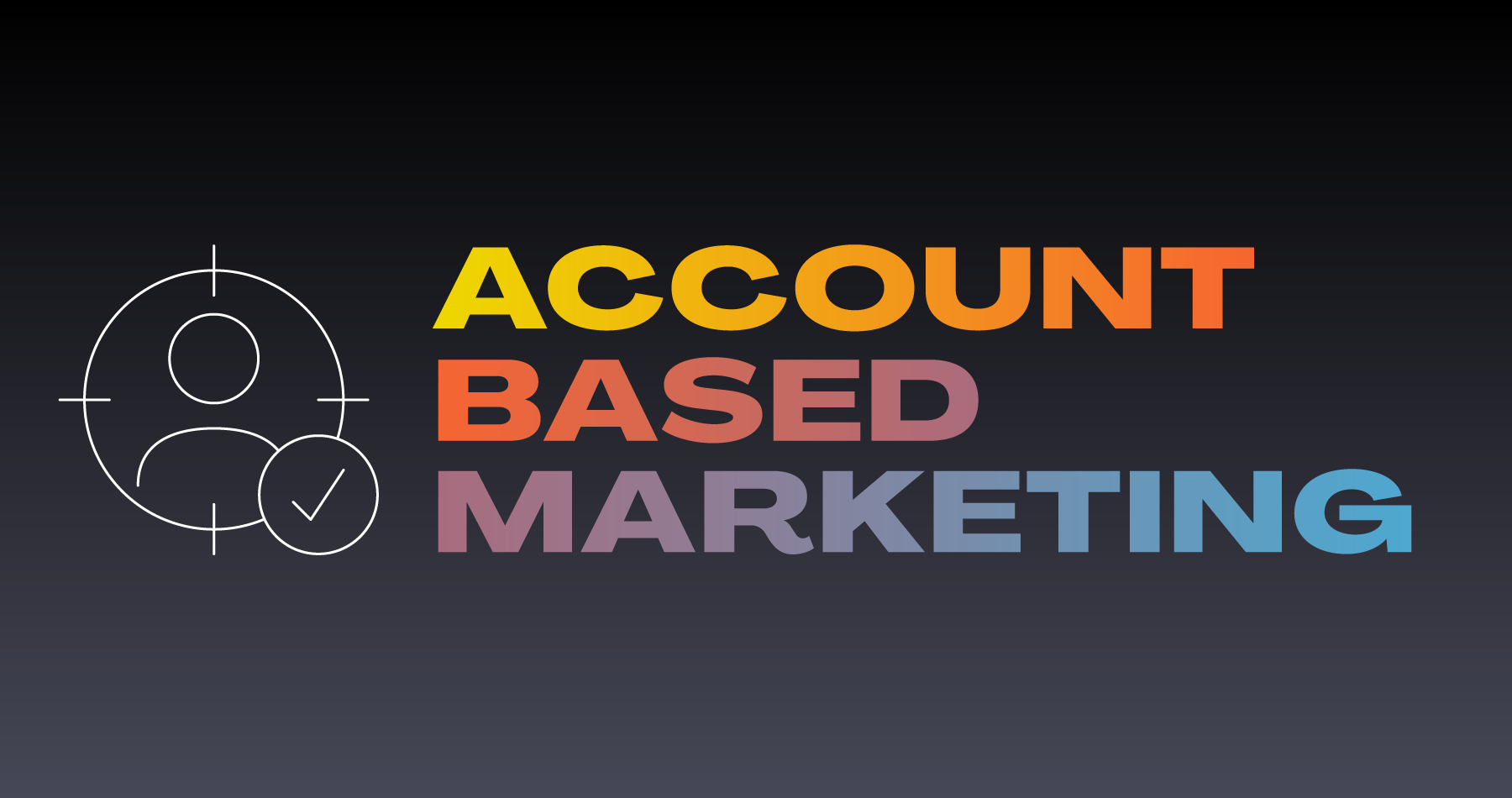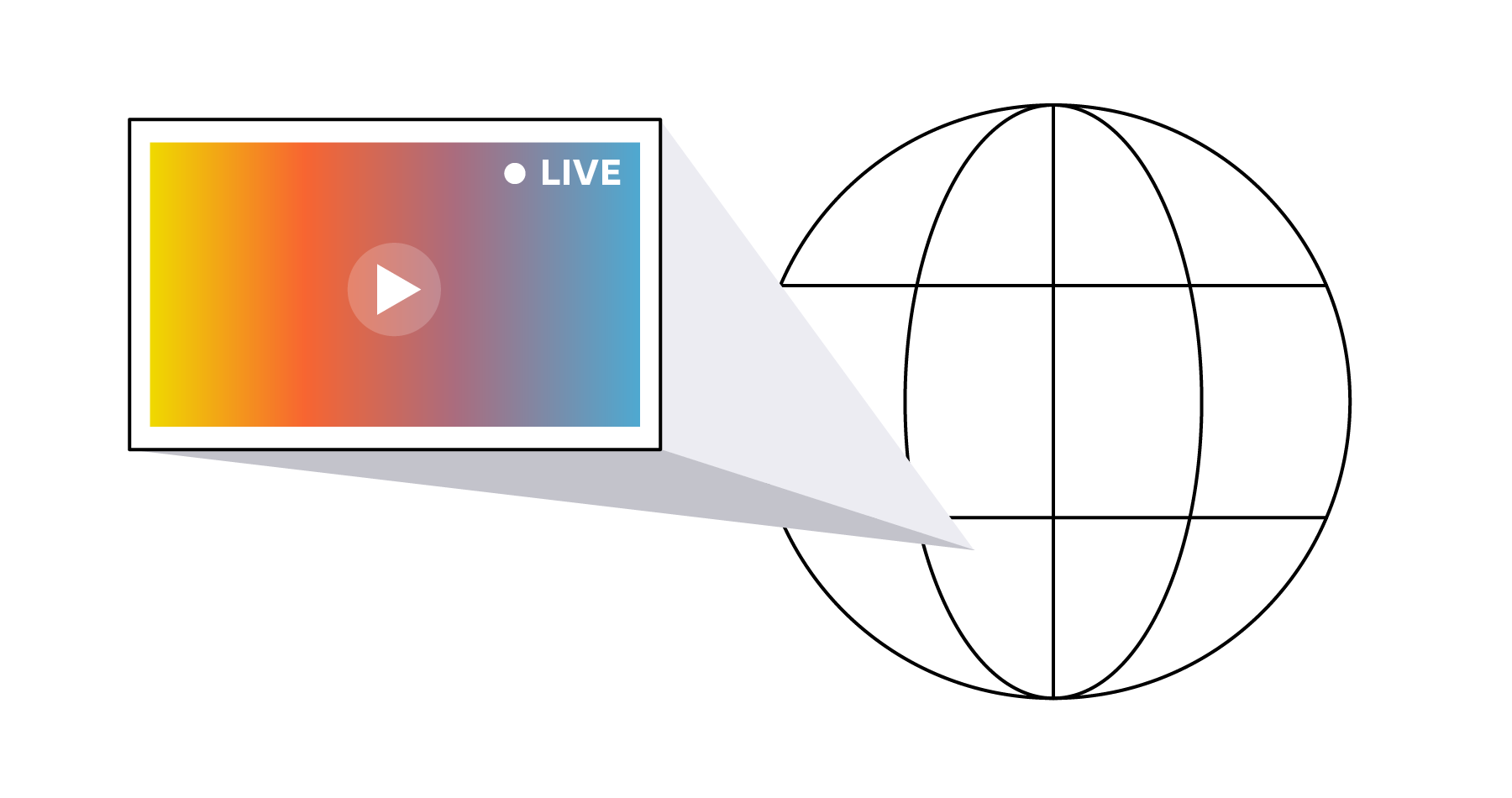Solving for Personalization and Privacy with Video Streaming
Marketing

By now most marketers understand the role personalization plays in building deep relationships with their audiences. Customers have come to expect a personalized experience from first interaction through post-sale loyalty efforts. They not only expect you to know them, but also to take that knowledge and deliver to them the content, products, and experiences they want.
Whether B2B or B2C, your customers and prospects want to feel as if your products, services, and messages are speaking directly to them, one-to-one. They want to do business with companies that understand their problems, challenges, desires, and needs.
But as marketers, we’re now caught in the consumer data privacy Catch-22. Seventy-one percent (71%) of consumers demand personalization, yet 86% have a growing concern about their data privacy.
This has required companies to adopt tools, policies, and practices that enable them to create an effective balance to solve this dilemma. These companies are able to provide the personalization their audiences demand, while also recognizing their responsibility to respect consumer privacy and keep their data safe.
And that seems to be the balance consumers want. According to Segment, 7 out of 10 consumers are comfortable with personalization, as long as brands are using their own first-party data and using it responsibly.
A Changing Regulatory and Technology Landscape
In addition to consumer concerns, a number of regulations and technologies are making it harder to get the data needed to provide a personalized experience. Some of the more well known examples include:
- The General Data Protection Regulation (GDPR) crowns itself as the “toughest privacy and security law in the world.” It comprises a complex set of laws and regulations designed to protect the personal data and privacy of EU citizens.
- The California Consumer Privacy Act (CCPA) is the most well known of the US regulations. It aims to give consumers more control over the personal information that businesses collect about them.
- Apple's App Tracking Transparency gives users the choice to opt out of tracking by apps on its platform. Google has similar efforts for Android.
- Mozilla Firefox uses Enhanced Tracking Protection to block trackers from collecting information on users browsing the web.
- The DuckDuckGo internet browser has built its brand around stringent data privacy policies. In fact, its market share increased by over 300% between 2018 and 2021, and is now the #2 search engine for mobile devices in the US.
Despite all these privacy tools and regulations, companies are still expected to provide the personalized experiences that make them competitive in the digital age. Fortunately, marketers are overcoming these challenges by better understanding video analytics and applying content consumption behaviors to segmentation. Once integrated with other martech tools, they’re able to deliver the one-to-one personalization expected while respecting their viewers’ privacy.
What Data Do You Need for Personalization?
Third-party data may be in decline, but marketers can still access three primary categories of first-party data.
- Customer data. This is data on how your customers engage with your brand and products. It’s collected by your CRM (customer relationship management software). Examples include:
- Purchase history
- Time on file
- Lifetime value to date
- Marketing data. This is data on how your customers interact with your marketing communications. It’s collected by your MAP (marketing automation platform). Examples include:
- Marketing journey stage
- Channel engagement (social likes, email click-throughs, etc.)
- Number of touchpoints to purchase
- Content data. This is data on how your customers consume your content. It’s collected by your CMS (content management system) and—if you have one—your OVP (online video platform). Examples include:
- PDF downloads
- Webpage scroll depth
- Video views
Personalization is possible with any of these data categories. But the rule with personalization is the more data you use, the more personalized you can get.
Customer and marketing data can answer the “who” and the “how,” but only content data can answer the “what.” And nothing answers that question better than video. Compared to all other content formats, only video offers three levels of consumption behavior:
- Interest. Every viewer that lands on the page or post hosting your video demonstrates interest, which you can measure with impressions. Most content formats, including ebooks and blogs, can also provide this behavioral insight.
- Intent. Every viewer that presses play on your video demonstrates intent, which you can measure by the play rate (total views divided by total impressions). Only content formats like ebooks, requiring an additional action like downloading, can also provide this kind of insight.
- Engagement. Every viewer that watches any length of your video demonstrates engagement, which you can measure by the engagement or retention rate (average percentage of the video watched). No other content format provides this insight as accurately as video. Advanced features like viewability can even track whether the viewer has scrolled past your video or clicked away to another browser window or tab.
By measuring impressions, play rate, and engagement (not just video views), you have all the content data you need to begin building a one-to-one personalization strategy.
How Do You Use Data to Personalize Content?
Data-driven personalization is built on audience segmentation. According to Investopedia, segmentation refers to aggregating prospective buyers into groups or segments with common needs and who respond similarly to a marketing action.
Without segmenting based on any data, you’re not personalizing at all. You have one list of customers, and they get all of your marketing communications. By segmenting based on different data, your personalization can increase to one-to-many, one-to-few, even one-to-one. You can have multiple segments of customers, each with their own communication plan.
However, not all segmentations are created equal, and different methods provide access to different categories of data. By breaking down segmentation into three main methods, we can see what kind of personalization is possible and the tools needed to accomplish it.

Manual Segmentation
The most basic segmentation is manually created lists based on customer data in your CRM, such as purchase history, time on file, or lifetime value to date. There are no other tools needed; all you need is access to your CRM.
Customer data allows you to do things like segment customers by what products they bought so you can promote similar products. Compared to promoting all of your products to all of your customers (one-to-all), this is significantly more personalized (one-to-many).
The challenge is that manual segments are time-consuming to pull, especially if you have a lot of them. They also need to be updated every time your customer data changes, such as gaining or losing customers.
Automated Segmentation
Another method of segmentation comes by integrating your CRM with your MAP, allowing you to automate the list-building process. Not only does it save time, it adds marketing data points from your MAP like marketing journey stage, channel engagement, and number of touchpoints to purchase.
With marketing data, you can do things like segment customers by what channels they engage with the most. And because your customer and marketing data are connected, you can create customer content with the products they like on the channels they like. Compared to just using customer data (one-to-many), this is even more personalized (one-to-few).
The challenge with automated segments, as well as manual ones, is you’re not creating content based on content data. Buying a certain product doesn’t mean you want to watch a video about it, nor does engaging with a certain channel mean you want to click through to an article. These data points are important, but they don’t tell the whole—or even the most important part—of the story.
Advanced Segmentation
Like automated, advanced segmentation requires an integrated CRM and MAP but adds the additional integration of your OVP. It’s the path to true personalization because it connects your customer and marketing data with your content data.
Adding content data means you can segment customers by what content each one consumes and how they prefer to receive that content. Using all three categories of data, you can achieve every marketer’s dream: one-to-one personalization.
The challenge with advanced segmentation is, with all this data, how do you apply it to your marketing strategy? Discovering the content preferences for each customer is valuable information, but you can’t scale individual communications.
Is One-to-One Personalization Actionable?
To make one-to-one personalization actionable at scale, you need another ingredient beyond data: insights.
Most marketing solutions offer plenty of data, but only Brightcove has Audience Insights, the leading customer data platform (CDP) specifically designed for video. Audience Insights offers several meaningful metrics that can help you achieve one-to-one personalization through realistic segmentation.
- Engagement Status. Just like MAPs allow you to track click rates and frequency, Engagement Status lets you track viewing rates and frequency. It’s a spot check on consumption behavior and can indicate viewers primed to buy and viewers at risk of disengaging.
- Attention Index. Whereas video engagement averages completion rates, Attention Index subtracts bottom engagement from top engagement—ignoring the middle. The result is a better indication of how much someone will love a video, rather than letting passive viewers influence the results.
- Entertainment Index. This is the Attention Index but for individual viewers, allowing you to see what does or doesn’t engage them. Combined with Engagement Status, the Entertainment Index can track viewers as they get closer to buying or disengaging.
With these metrics, you can create segments based on the content your audience loves.
For example, with Audience Insights, you can find a shared audience that has a similar Attention Index for the same videos. Better, you can see other types of videos the shared audience watched and compare their Attention Indices.
So not only can Audience Insights create segments based on what your customers already love, it can predict what else they’ll love.
The whole point of personalization is to provide the content your customers want without relying on third-party data appends that violate their privacy. While most segmentations are a step in the right direction, analyzing the results is a tedious and iterative process. Audience Insights automates the analysis, allowing you to focus on creating the best content, not figuring out what that content is.
Using Video to Personalize Customer Acquisition
Personalization doesn’t have to wait till your customers are on file. Third-party platforms, like Google and social media, allow you to build lookalike campaigns by uploading lists of your customers’ contact information. Those platforms then match your list with other users that share similar attributes, allowing you to serve them ads for your products.
While lookalike campaigns can improve customer acquisition, they can’t be truly personalized without the predictive power of Audience Insights. Like CRMs and MAPs, Audience Insights can also export lists based on customer, marketing, and content data. With powerful insights like Engagement Score and Attention Index, you can create an accurate list of potential new customers while respecting their privacy.
Committing to Personalization and Privacy
Setting up your marketing stack for personalization can seem complex, but it’s mostly taking many of the activities you’re already doing and integrating them. Sure, you can capture tons of data and integrate your CRM with your MAP. But achieving the true personalization consumers desire happens when you’ve integrated your video platform and leveraged a customer data platform.
Marketers can expect the tools and regulations around data privacy to continue to increase. Yet they’ll still be tasked with providing their audiences with personalized content, communications, and experiences they demand. Combining the right technology with the right strategy, you’ll be able to offer the personalization they want and the respect for their data privacy they deserve.



